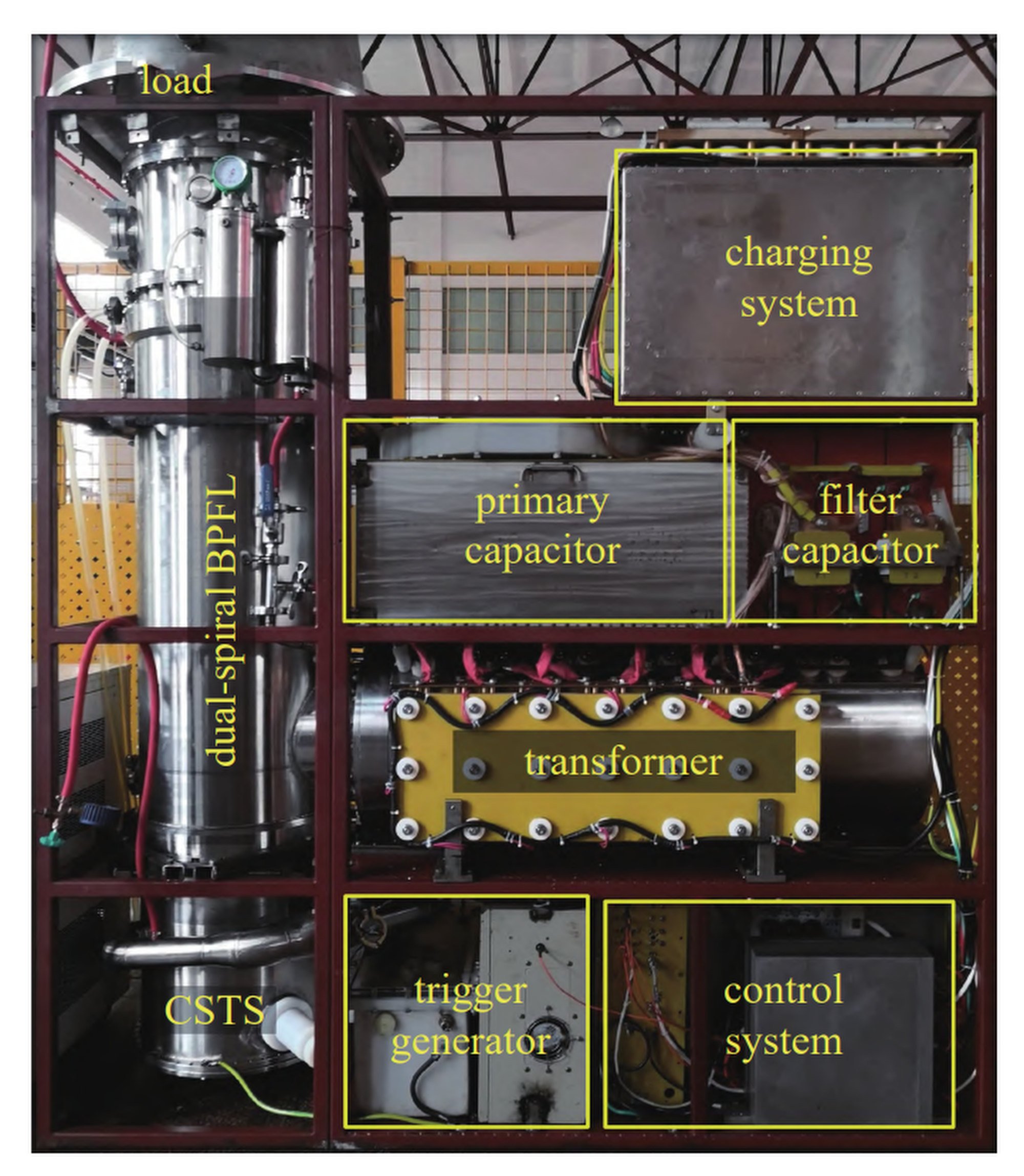China Develops New ‘Starlink Killer’ Anti-Satellite Microwave Weapon That Can Cut Taiwan From US During War: Chinese Media

China claims to have developed a compact power source that could drastically reduce the size of a high-power microwave weapon capable of downing Starlink satellites reports Chinese media website SCMP.
Military scientists have built a compact power source that could significantly reduce the size of a high-power microwave weapon under development in China, the team says.
The device can generate electricity up to 10 gigawatts in power at a rate of 10 pulses per second – an intense energy that could produce microwave beams powerful enough to fry chips in drones, planes or even satellites.

Chinese scientists built a compact 10-gigawatt power source for high power microwave weapons. Image: National University of Defence Technology, China
Usually, an energy supply system with such a high power output is complex, heavy and as big as a room.
The new device, with all necessary components including capacitors and a control system, can fit into a bookshelf, according to the team led by Shu Ting, of the College of Advanced Interdisciplinary Studies at the National University of Defence Technology in Changsha, Hunan province.
The small power source enables the military to put the microwave cannon on a truck or rooftop to launch surprise attacks on enemy targets passing across the sky.
The power device could work constantly by simply “plugging it into a city power grid”, said Shu and his colleagues in a paper published in the Chinese-language High Power Laser and Particle Beams journal on March 16.
The Chinese military has accelerated the development of high-power microwave weapons after SpaceX’s Starlink satellites were used effectively against Russia in Ukraine, according to some Chinese military researchers.
It would be technically and financially impossible to bring down the Starlink network – which has thousands of satellites in near-Earth orbit already – using traditional anti-satellite missiles, they said.
A microwave cannon can jam the satellites’ communication or permanently damage their electric circuits at a low cost.
But the equipment used by the military mostly generates microwaves in kilowatt or megawatt power levels at present. To hurt a satellite, which is likely protected by shielding measures, the power of the microwave beam needs to reach a gigawatt or higher, according to a recent estimate by People’s Liberation Army scientists.
Shu’s team said generating high-power electricity in a small device could end in a puff of smoke.
In their early experiments, electric currents with extremely high voltage caused short circuits that burned hardened insulators.
The weapon designer also required the electric pulses to be nearly identical and remain at the maximum power output after many shots.
These stringent criteria added extra challenges for some critical components, such as switches and insulating materials.
The device developed by Shu’s team is an electron accelerator with an unusual internal design similar to DNA. It accelerated electrons in two spiral tubes resembling the double-helix structure of genetic material.
This unique design allowed the generation of ultra high-power electron beams in a limited space, according to their paper.
The spiral tubes were submerged in glycerine, a low-cost liquid chemical that provided excellent insulation and required no maintenance in the battlefield, they said, adding that short circuits disappeared after they found a way to get rid of tiny bubbles in the glycerine.
China has trailed the United States and Russia in the military application of high-power microwave technology, according to some PLA researchers.
The US Army destroyed a swarm of 33 drones with a microwave weapon during a field experiment in 2018.
In the same year, Russia’s Krasukha-4 microwave cannon grounded an American AH-64 Apache attack helicopter in Syria by damaging its electrical circuits.
Some military experts believe the Krasukha-4 system requires several hundred kilowatts of power, with an effective range reaching 300km (186 miles).



No comments:
Post a Comment